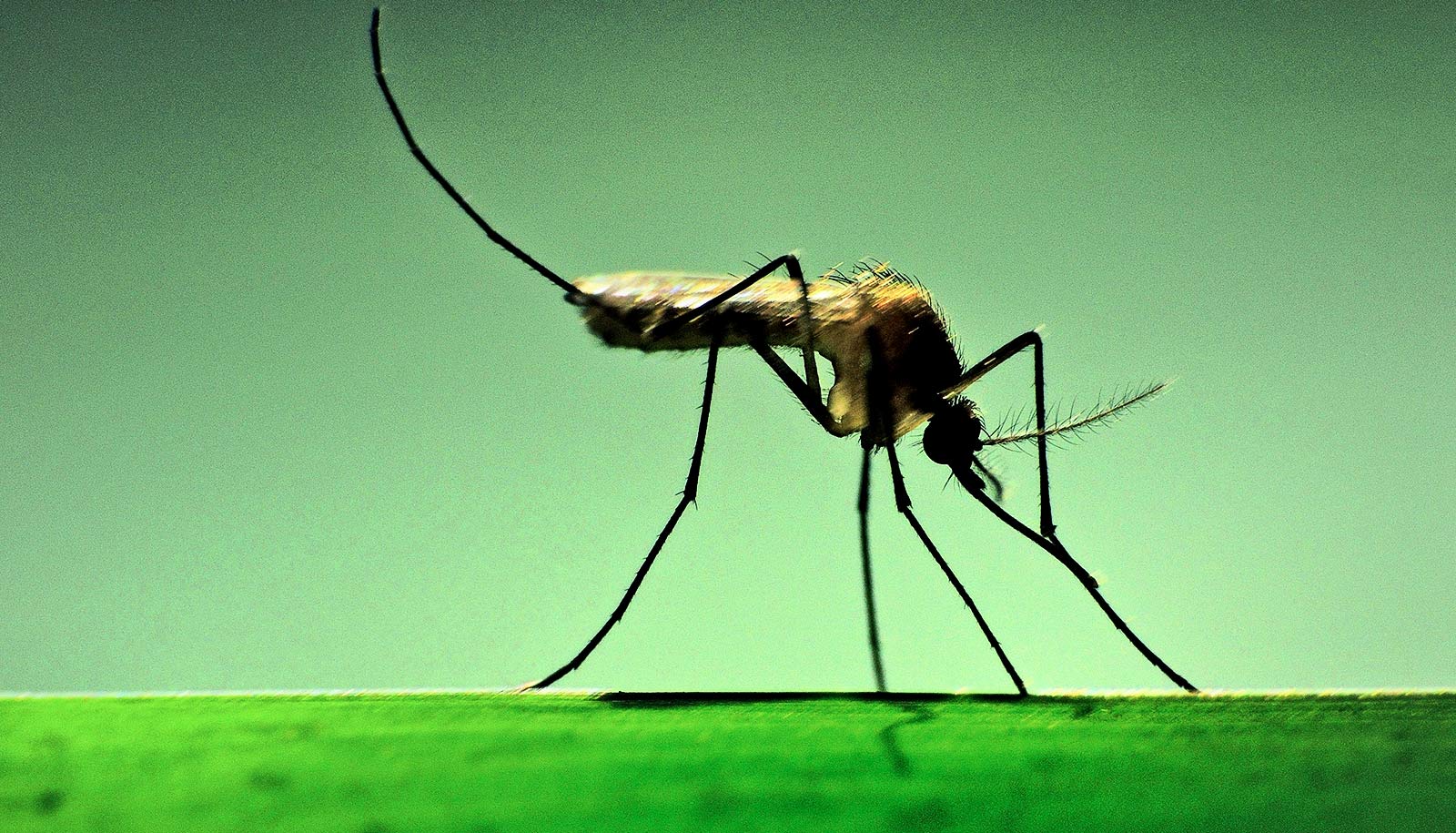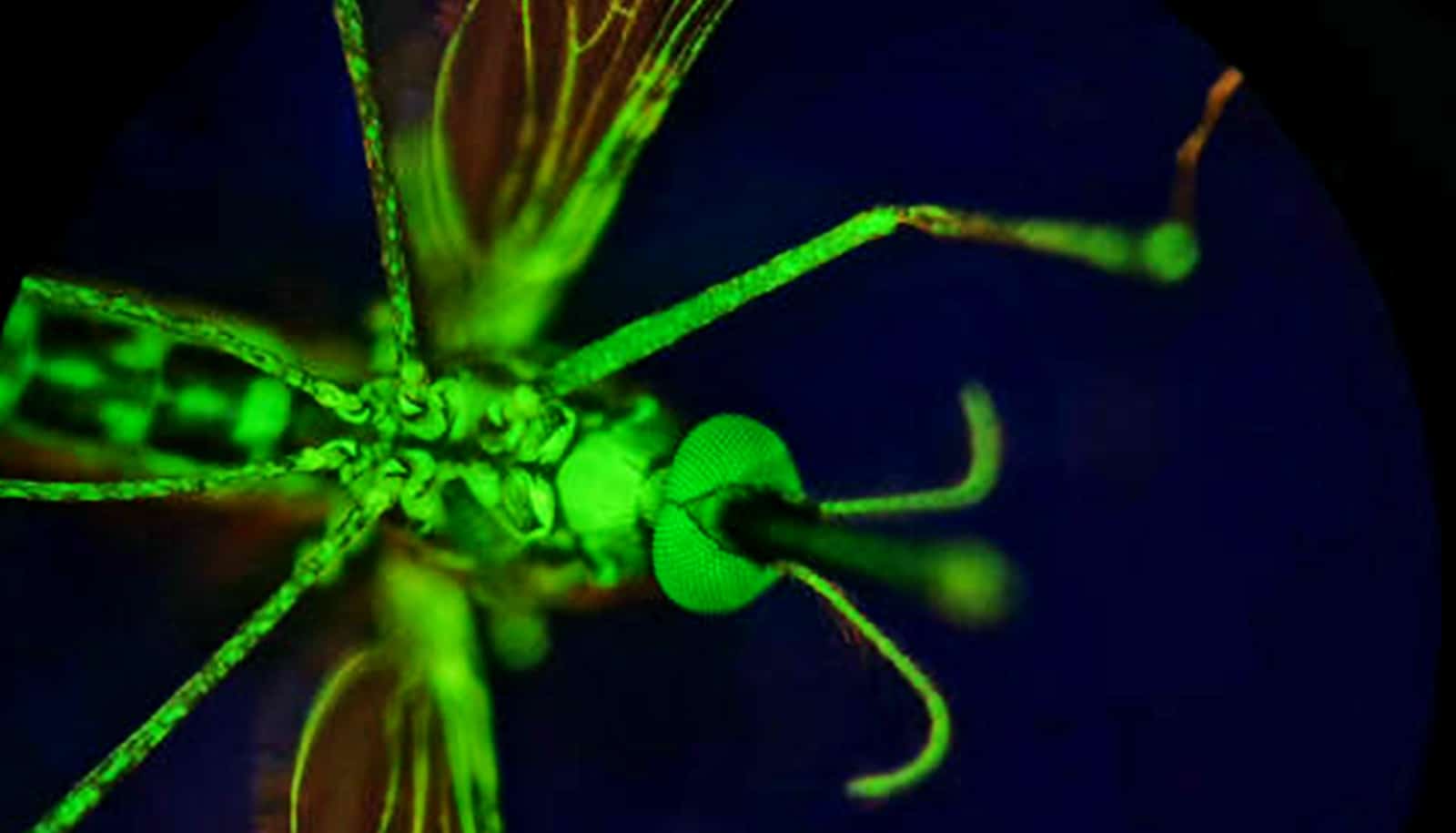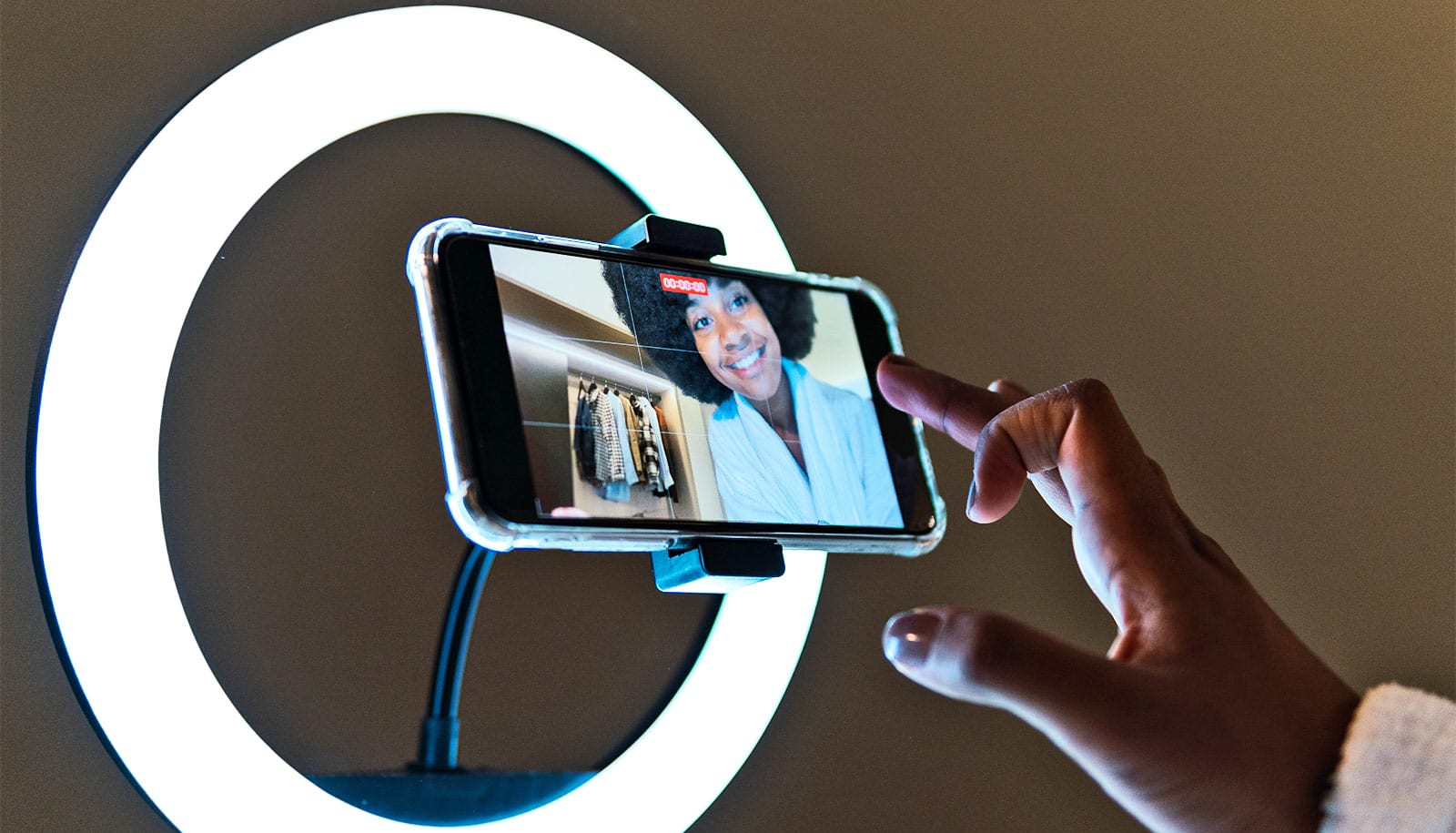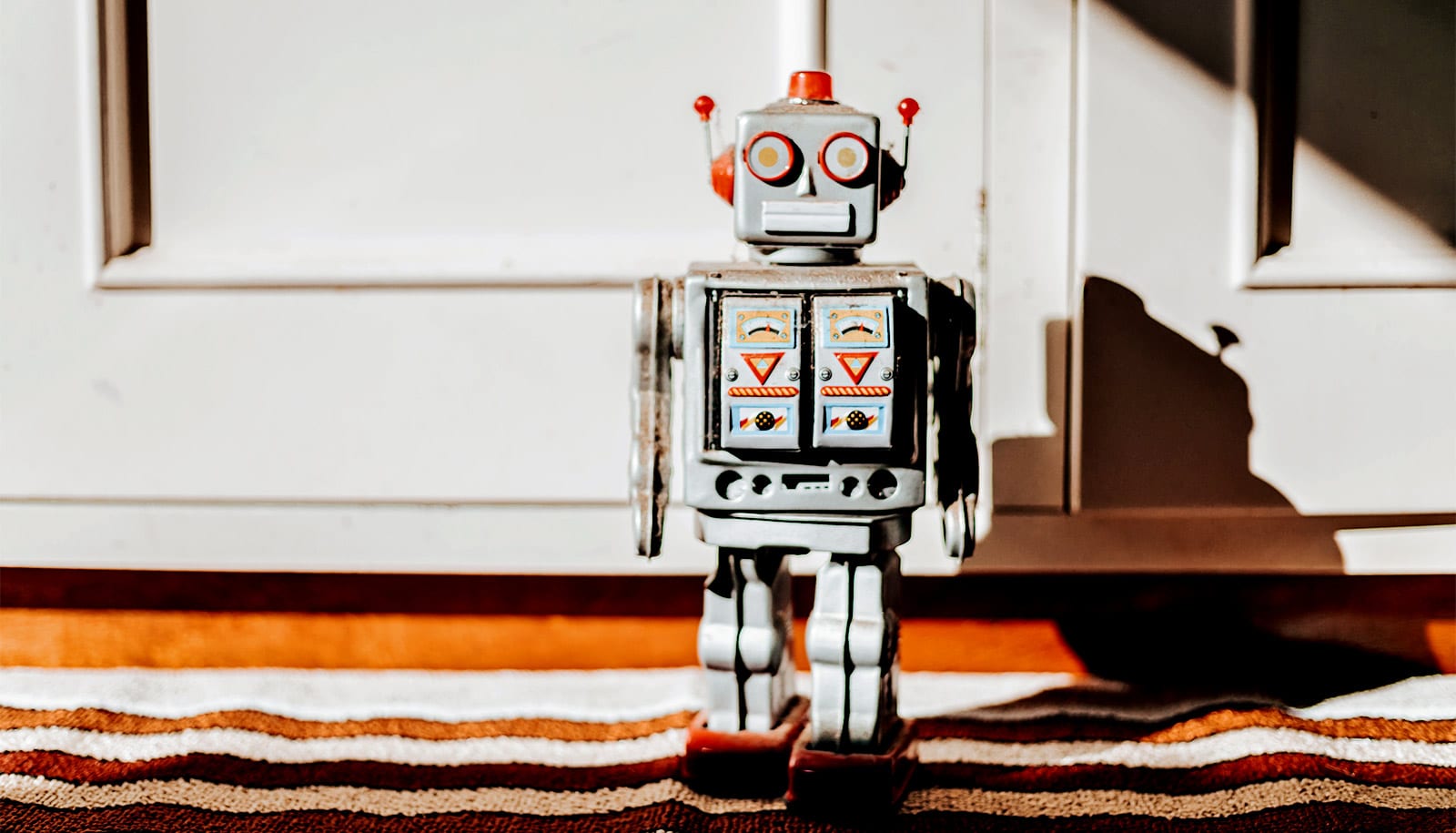The world really needs a mosquito emoji, and not just so hikers and backyard barbequers can complain in text messages and Facebook posts.
Two public health workers say an emoji representing the blood-sucking insect would help health professionals around the world communicate with those threatened by the often-fatal diseases it carries.
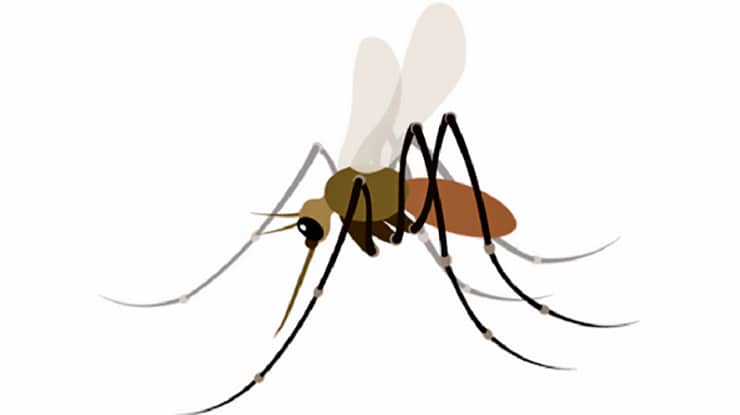
“A mosquito emoji would be an important addition to the current set of insect emoji,” Marla Shaivitz says. “It would give health professionals a quick way to communicate with the public about the presence of mosquitoes, and allow researchers to promote their work around mosquito-borne diseases more easily via social media.
“It’s surprising to me there isn’t one already,” says Shaivitz, a digital communications manager at the Center for Communication Programs at the Johns Hopkins University’s Bloomberg School of Public Health.
Found on six of the seven continents, mosquitoes during their peak breeding season outnumber every other animal on Earth. They are by far the most dangerous animal on Earth, killing more humans than sharks, snakes, and all others by a wide margin. Because they spread diseases like malaria, Zika, dengue, and yellow fever, mosquitoes contribute to several million deaths and hundreds of millions of illnesses every year.
And, yet, there’s no emoji for them.
Emoji are increasingly important in people’s daily communication. In 2015, the Oxford Dictionaries named the Face with Tears of Joy emoji Word of the Year. There are emoji for animals of all kinds—you can text your friends using emoji for ants, spiders, ladybugs, honeybees, turtles, and snails.
Want to warn about that crazy poodle down the street? There’s an emoji for that. Need to text about a pig? Choose one of three swine emoji.
Shaivitz and Jeff Chertak, a senior program officer for malaria advocacy and communications at the Bill & Melinda Gates Foundation, submitted a formal proposal to add the mosquito to the list.
Mosquitoes only mate once and 4 other facts
A mosquito emoji could be used by millions of people affected by mosquitoes every year, as well as by members of the scientific and health community to explain their work, they say. Of course, it also would give texters a new shorthand to express annoyance or frustration, “potentially paired with the face with rolling eyes or the smirking face,” the written proposal helpfully suggests.
How are new emoji chosen? People like Shaivitz and Chertak submit proposals and a group called the Unicode Consortium chooses finalists. Very few emoji join the selection each year.
In October, the consortium will decide which of 67 finalist emoji to add—this year’s contenders also include a llama, a sliced bagel, a tooth, and a lab coat—and the chosen ones will be released to our phones next summer.
“Over half the world’s population lives at risk of the diseases transmitted by mosquitoes, and climate change is facilitating their spread, increasing the threat of diseases they transmit to new populations,” the proposal explains. “Meanwhile, the mosquito brings new threats, like Zika, which has devastated communities with fear of long-term, life-altering consequences.”
People around the world use these emojis the most
Shaivitz used social media analysis to make the case. She found that on Twitter, potential use and reach of a mosquito emoji is seven times greater than that of the existing beetle emoji. On average, there are nearly 15,000 more mosquito-related tweets shared per day than beetle-related tweets, potentially reaching 170 million more Twitter users.
Source: Johns Hopkins University
